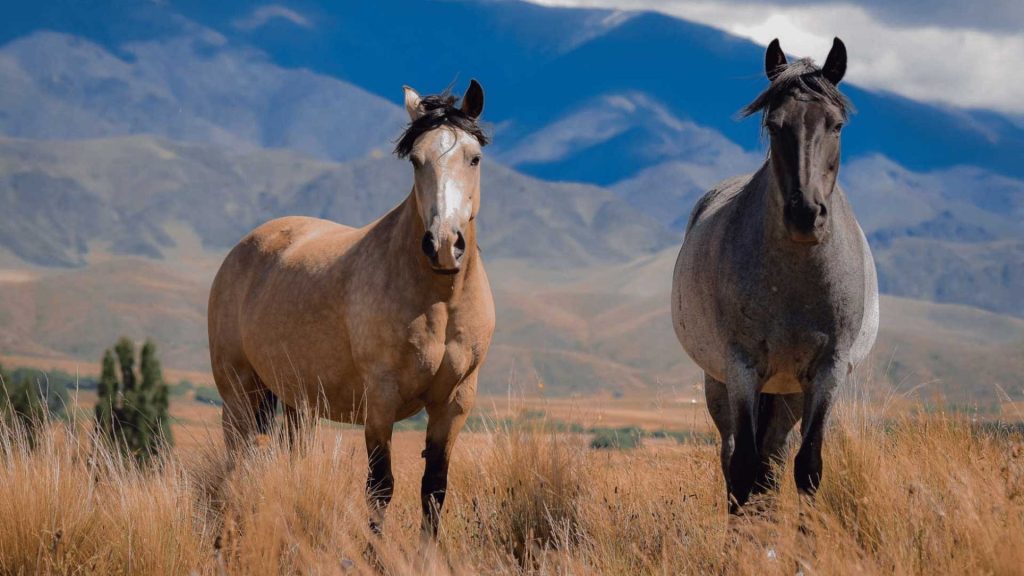
Where Earth Touches Sky
The sun doesn’t rise in La Carrera—it reveals itself. From behind ridges of ochre stone and morning wind, golden light spills across sleeping vineyards at 1,800 meters above sea level. A gaucho, silhouetted against the waking Andes, turns to me with weathered wisdom: “Aquí, el vino se escucha primero”—here, the wine is heard before it’s poured.
In this high-altitude sanctuary of Argentina’s Uco Valley, silence has become the most precious ingredient. While Mendoza’s famous wine regions buzz with tour buses and tasting rooms, La Carrera remains blessedly, intentionally quiet. It’s a place where the absence of noise allows you to hear everything else: the whisper of wind through Malbec leaves, the distant trickle of ancient irrigation channels, the subtle conversations between vine and volcanic soil.

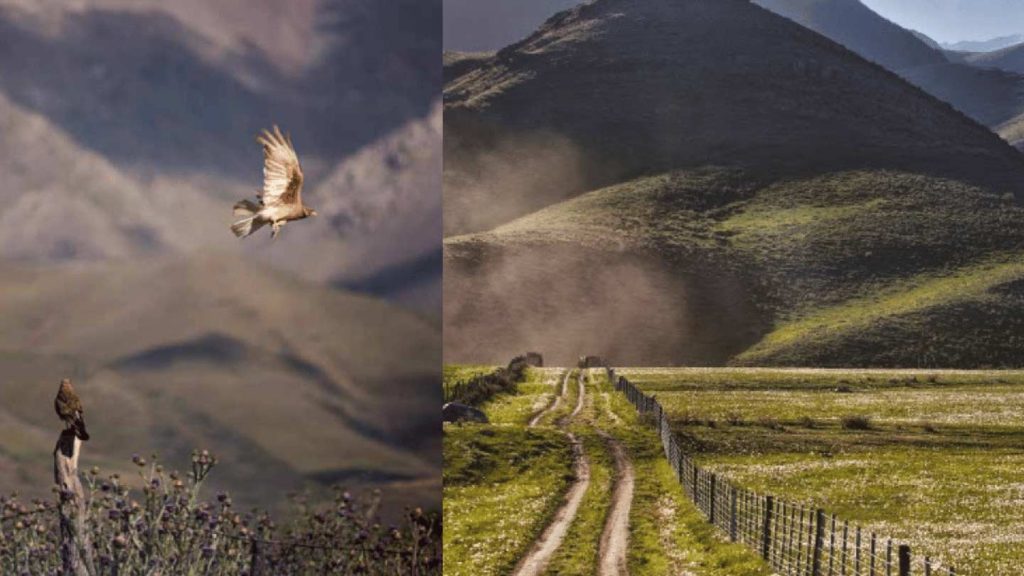
Roots That Run Deep
Long before the world discovered altitude as a mark of viticultural prestige, this land was already sacred. The Huarpe people, masters of water and earth, created an intricate network of irrigation channels that transformed desert into oasis. They understood what modern vintners are rediscovering: that the most extraordinary wines come from places where vines must struggle, adapt, and ultimately transcend.
In 1632, Jesuit missionaries arrived with European grapevines and revolutionary ideas about wine as both sacrament and sustenance. They established terraced vineyards using indigenous wisdom and Old World techniques, creating a template for viticulture that honored both heritage and innovation. Their wines crossed the Andes in leather odres, taking months to reach Buenos Aires—a journey that seems impossible now, yet speaks to the deep faith these early vintners had in their terroir.
The transition from Jesuit foundations to modern excellence was shepherded by pioneering families who understood both heritage and innovation. The Bombal family, establishing their viticultural legacy in 1914, became instrumental in developing La Carrera’s potential. Domingo Lucas Bombal emerged as a visionary of high-altitude viticulture, acquiring extensive properties including the historic estancias of La Carrera and Las Cuevas. Alongside families like the Palma, these generational stewards bridged colonial tradition with contemporary possibility, proving that the region’s greatest wines emerge from deep roots rather than sudden inspiration.
Today’s winemakers in La Carrera carry this legacy forward, not as museum curators but as active participants in an ongoing conversation between past and future. They’re not revolutionizing Argentine wine—they’re remembering what made it sacred in the first place.

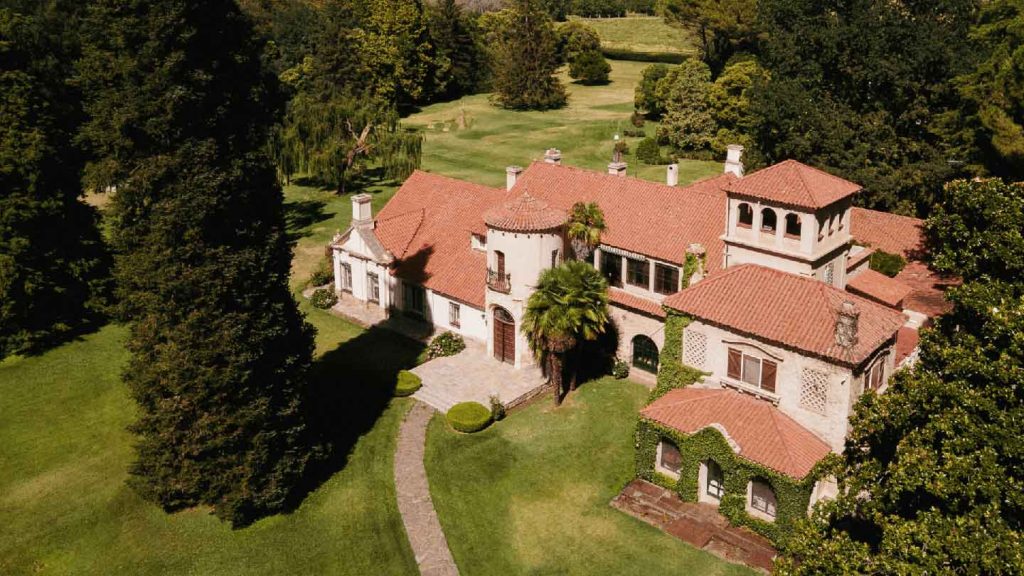
The New Altitude of Excellence
Modern La Carrera viticulture reads like a love letter to the land. At Finca María Bombal, perched at 1,700 meters, winemaker Matías Riccitelli speaks of “vibrant acidity and mineral tension” like they’re moods, not measurements. His Sauvignon Blanc, aged eight months in used barrels, finishes with a saline lick that evokes ancient seabeds and sacred stones—a direct translation of terroir into taste.
Nearby, Estancia Atamisque exemplifies this new wave of high-altitude excellence. This French-Argentine venture combines Old World expertise with Andean terroir, creating wines that speak fluent poetry in both languages. As detailed in our recent feature, Atamisque’s commitment to sustainable viticulture and architectural harmony demonstrates how international vision can enhance rather than overwhelm local character.
These aren’t corporate ventures seeking quick returns, but patient projects building something lasting. The region’s focus on Sauvignon Blanc—a variety that thrives in high-altitude conditions—demonstrates a willingness to let terroir lead rather than follow market trends. The resulting wines vibrate with mineral edge and razor-like acidity, expressing a silence that lingers on the finish.
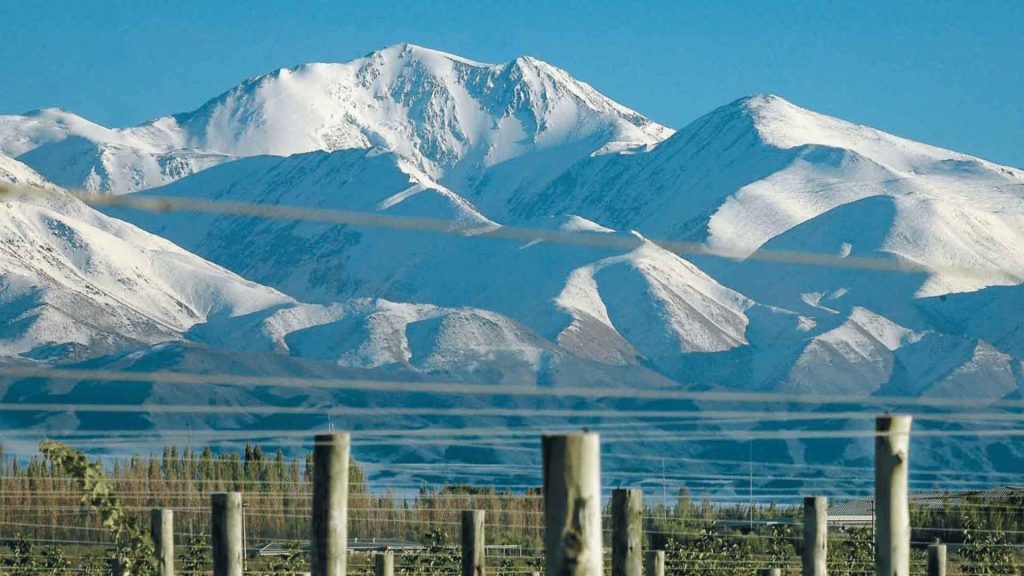
Tourism That Transforms
The emergence of La Carrera as a wine destination reflects a broader evolution in luxury travel—from consumption to contemplation, from checking boxes to creating memories. This isn’t about racing through tasting rooms but about understanding wine as part of a complete cultural ecosystem.
Cabañas Doña Tina epitomizes this philosophy. These elegantly rustic eco-lodges blur the line between vineyard and bedroom, inviting guests to sleep among the vines and wake to sunrise over the Andes. Luxury here isn’t marble countertops and mini-bars—it’s the ability to enjoy the carefully and warmly experiences put together and hosted by their owners.
During their stay, visitors are invited to explore the organic vegetable gardens and participate in exciting local cooking classes, where they’ll get to use the freshest locally harvested ingredients, like seasonal vegetables and olives straight from neighbouring plantations.
The accommodations integrate seamlessly with the landscape, using bioclimatic design that respects both comfort and environmental consciousness. Guests can explore vineyards on horseback, participate in harvest activities, or simply sit under an impossibly generous sky that seems to hold more stars than darkness.
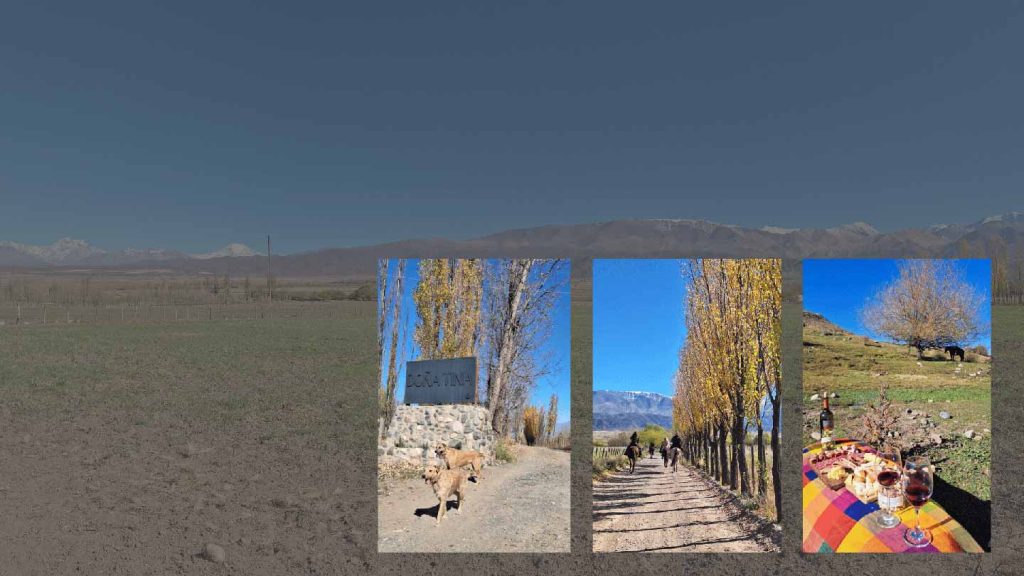
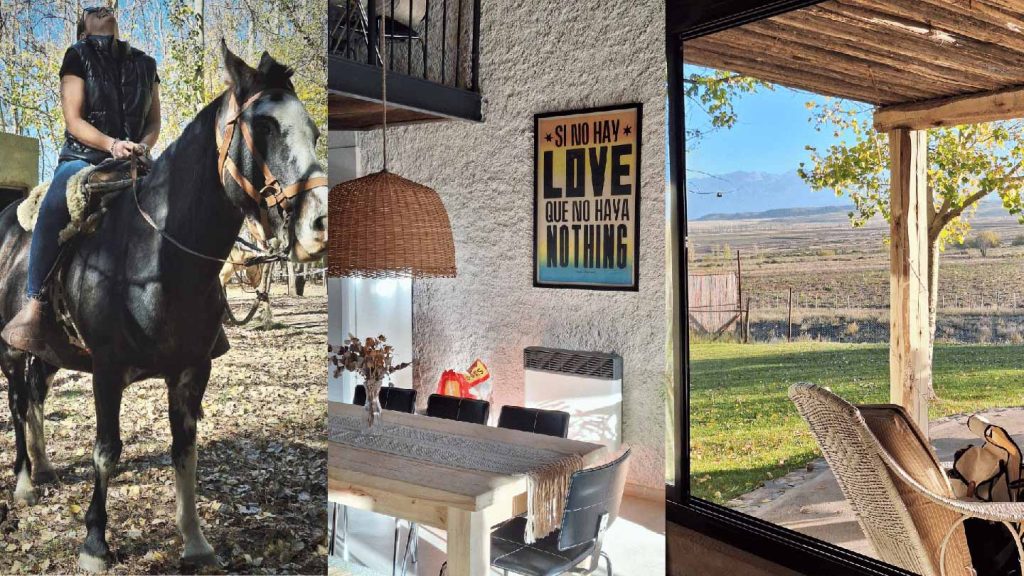
Experiences That Transcend
La Carrera’s approach to wine tourism goes beyond traditional tasting room experiences. The region offers wine therapy baths using grape extracts and essential oils derived from fermentation, transforming the byproducts of winemaking into wellness experiences. Visitors analyze soil samples under microscopes, understanding how geology becomes taste, how ancient volcanic activity influences today’s vintage.
The dining experience reflects this same philosophy of integration. Restaurants like El Parral de La Carrera practice “kilometer zero” gastronomy, creating dishes with hyper-local ingredients: San José goat cheese, olive oil from La Puntilla, lamb slow-cooked in Syrah reduction. Everything serves the story of place, creating meals that taste like the landscape itself.
Sound art installations use the actual frequencies of fermentation, turning the biochemical process of winemaking into ambient music. These aren’t gimmicks but genuine attempts to make the invisible visible, to help visitors understand wine as a living, breathing expression of its environment.
A Quiet Revolution
Perhaps most impressive is La Carrera’s commitment to sustainable development. The newly formed Wine Cluster brings together 12 boutique producers under the “Sello Verde” sustainability seal, sharing resources and knowledge while maintaining individual identity. They’ve implemented cooperative bottling initiatives that slash costs by 35%, community solar grids that provide renewable energy, and shared electric transport systems that reduce environmental impact.
The annual Altura Máxima Festival celebrates this collaborative spirit with barrel auctions, blending competitions, and sound art installations. Rather than competing for tourist dollars, the region’s producers work together to create experiences that benefit everyone—visitors, producers, and the land itself.
This cooperative approach extends to their approach to tourism development. Instead of building massive resorts or industrial facilities, La Carrera focuses on small-scale, high-quality experiences that preserve the region’s essential character while providing meaningful economic opportunities for local communities.
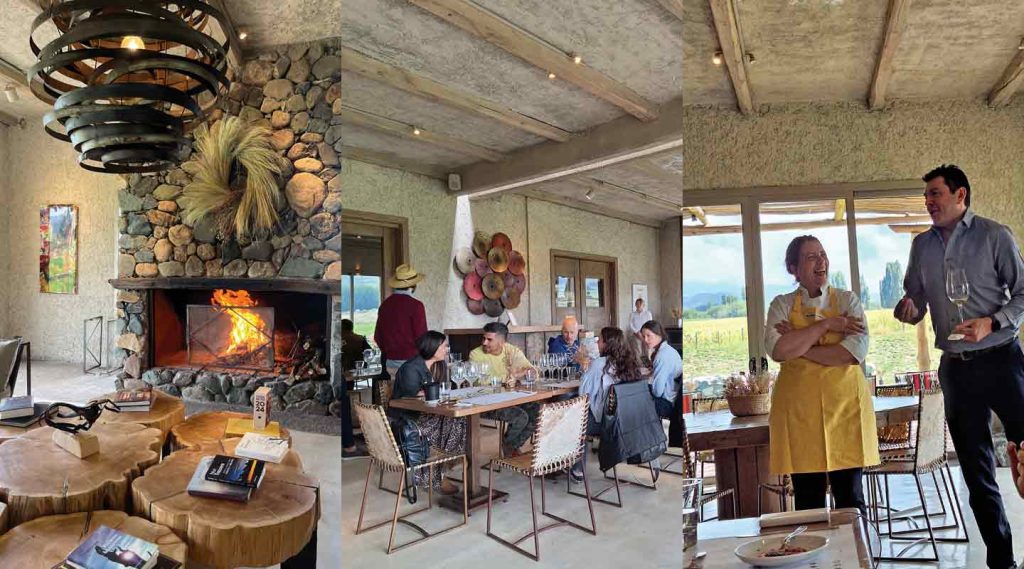
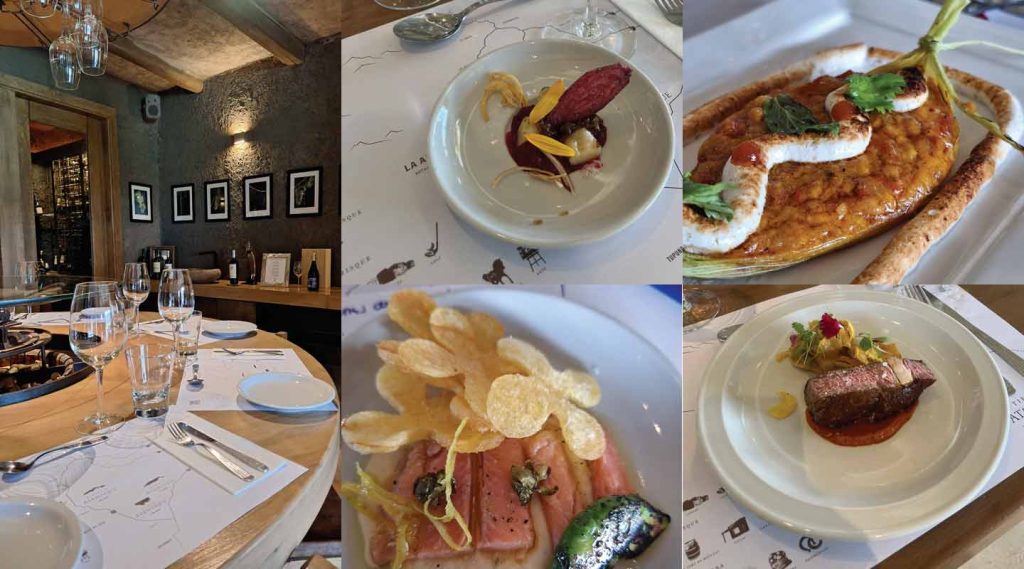
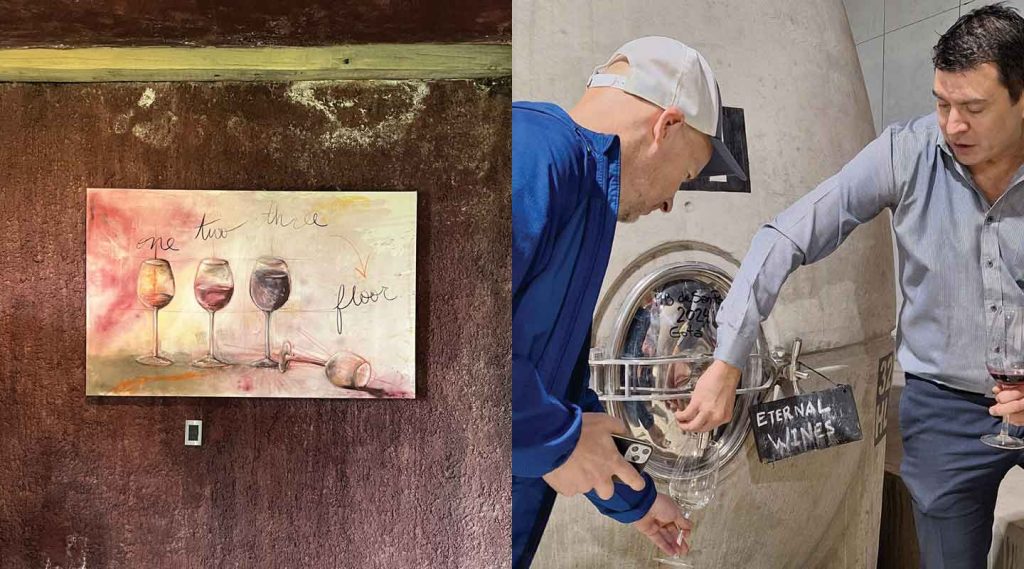
The Taste of Tomorrow
Visiting La Carrera feels like glimpsing the future of wine tourism—one where sustainability isn’t marketing speak but lived practice, where luxury means connection rather than consumption, where silence becomes the ultimate luxury good. The region’s elevation breeds not just exceptional wines but exceptional intentions.
The projected growth is remarkable: analysts predict La Carrera could triple its current vineyard area by 2030 while maintaining its boutique character. Plans include developing a specific Denomination of Origin, positioning Sauvignon Blanc as the emblematic variety, and establishing the region as Argentina’s premier high-altitude wine destination.
Yet none of this growth feels rushed or forced. Like the wines themselves, La Carrera’s development follows natural rhythms, allowing time for roots to deepen and character to develop. The region’s commitment to organic viticulture and renewable energy suggests a future where wine production enhances rather than exploits the landscape.
Where Silence Speaks Loudest
On my final evening in La Carrera, I returned to the hillside where I first heard the gaucho’s wisdom about listening to wine. The light has shifted to that particular purple that silences even the birds. A glass of local Syrah in hand, I understand what makes this place different.
It’s not just the elevation or the heritage or the quiet luxury. It’s the way La Carrera invites you to slow down, to feel the space between flavors, to remember that not all wines are meant to shout their excellence. Some, like those from La Carrera, are meant to be heard in silence—wines that whisper rather than proclaim, that reward attention rather than demand it.
In our increasingly noisy world, La Carrera offers something precious: the luxury of listening. Here, in this high-altitude sanctuary, silence ages as gracefully as the wines themselves, creating experiences that linger long after the last glass is emptied. For those willing to venture beyond the familiar paths of Mendoza tourism, La Carrera waits with the patient confidence of a region that knows its time has come.—
Experience La Carrera's Silent Revolution
If you’re ready to hear wine before you taste it, let Ampora Wine Tours craft your exclusive La Carrera weekend escape. Picture yourself riding through high-altitude vineyards at dawn, followed by intimate tastings of mineral-driven Sauvignon Blancs and contemplative evenings at Cabañas Doña Tina. Our specialized wine and horseback adventure combines the region’s equestrian heritage with its viticultural renaissance.
Contact us to design your private immersion—because La Carrera isn’t just visited, it’s listened to, felt, and forever remembered.—